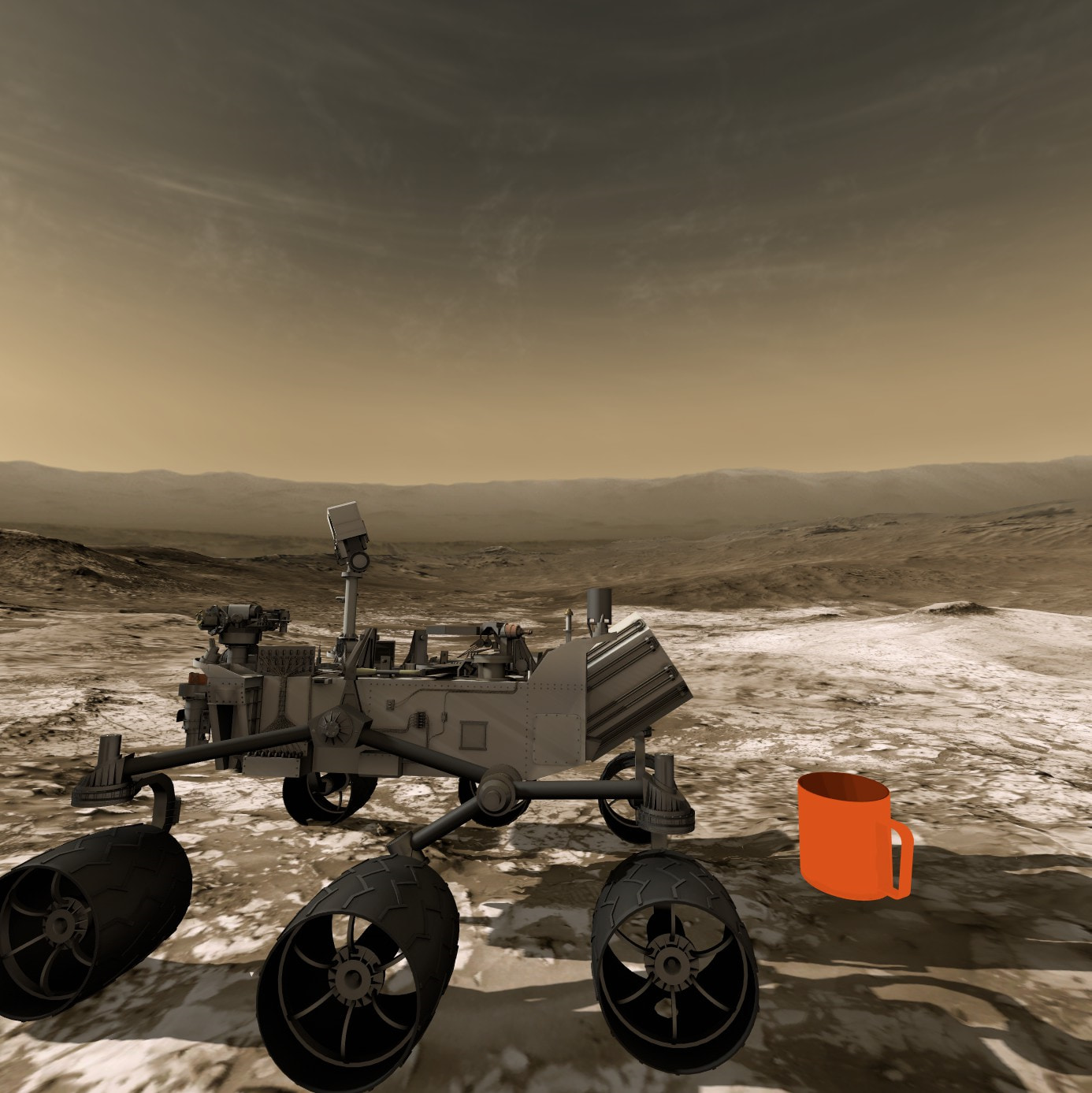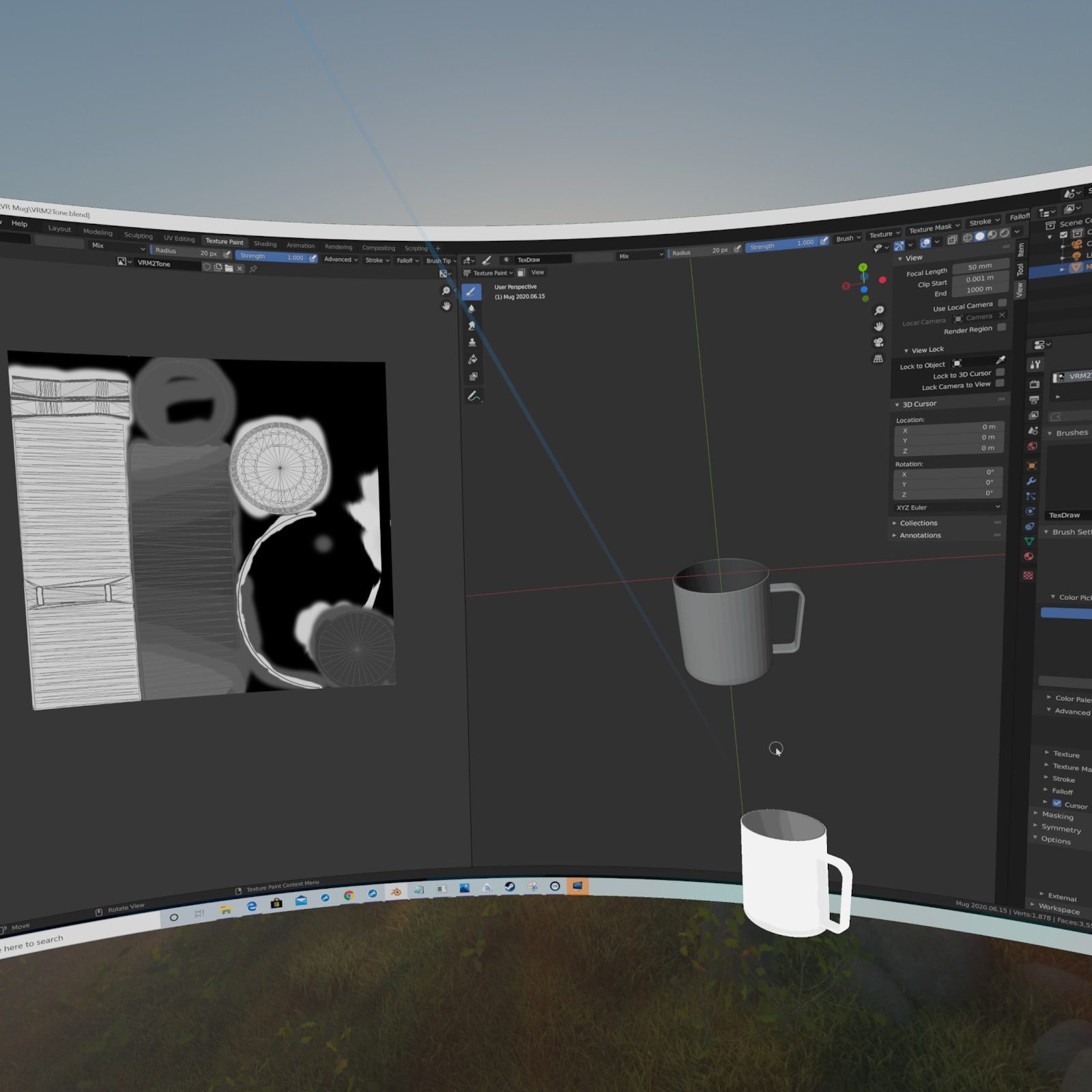As many companies continue to operate remotely in the face of unprecedented health & safety concerns, is this the time to refocus on VR? I’ve been reading articles about how society at large (or at least technologists) expected VR to be more prevalent by now and how it sure would be nice to work via VR or go on some adventures in VR, even if just for a few minutes. VR had a big surge a few years ago, but struggled to take off. Is it time for a second chance?
Has VR improved enough for the mainstream?
For a long time the excuse for VR was that there wasn’t enough “good” content, but with games like Alyx and so many platforms that have been improving for the last 3-5 years, the content has begun to improve rapidly. I can work in VR, I can box in VR, I can play cricket in VR, I can hang out on the side of Mt. Rainier, or on Mars. What I find surprising is the lack of accessories for immersive and real (or more realistic) experiences. There are mostly small controllers and not-well-tracked-in-VR guns. I can’t work in VR if I can’t find my keyboard, or my mouse, or even my coffee! The humanity!
Reduced Barriers to Entry
VR headsets have finally dropped to prices comparable to other gaming/computer systems, which seems like an important first step. I only have a VR system in my home because I was designing VR products and needed one at home to do my job. But now that I have a system, I will definitely be purchasing one once I need to return it to the office.
One of the VR products I most recently worked on was a cricket bat, one of several trackable objects Synapse has designed. We helped Valve with the development of their SteamVR platforms and taught many other companies how to create tracked objects, hoping this would kick off the creation of 3rd party accessories to really make virtual reality experiences immersive. What we’ve found along the way is that when the graphics component of the VR experience feels realistic, you expect the objects you are working with to be a fully integrated part of the experience as well. You expect your VR cricket bat to be weighted properly and swing like a real cricket bat; you even expect the bat to vibrate as it would if you were actually hitting a ball. Which is why VR products drive first-order understanding of the experience to create high fidelity hardware. We are excited by the potential of these products and wanted to make tracking the easy part, so we can focus on the hardware to create the immersive experience.
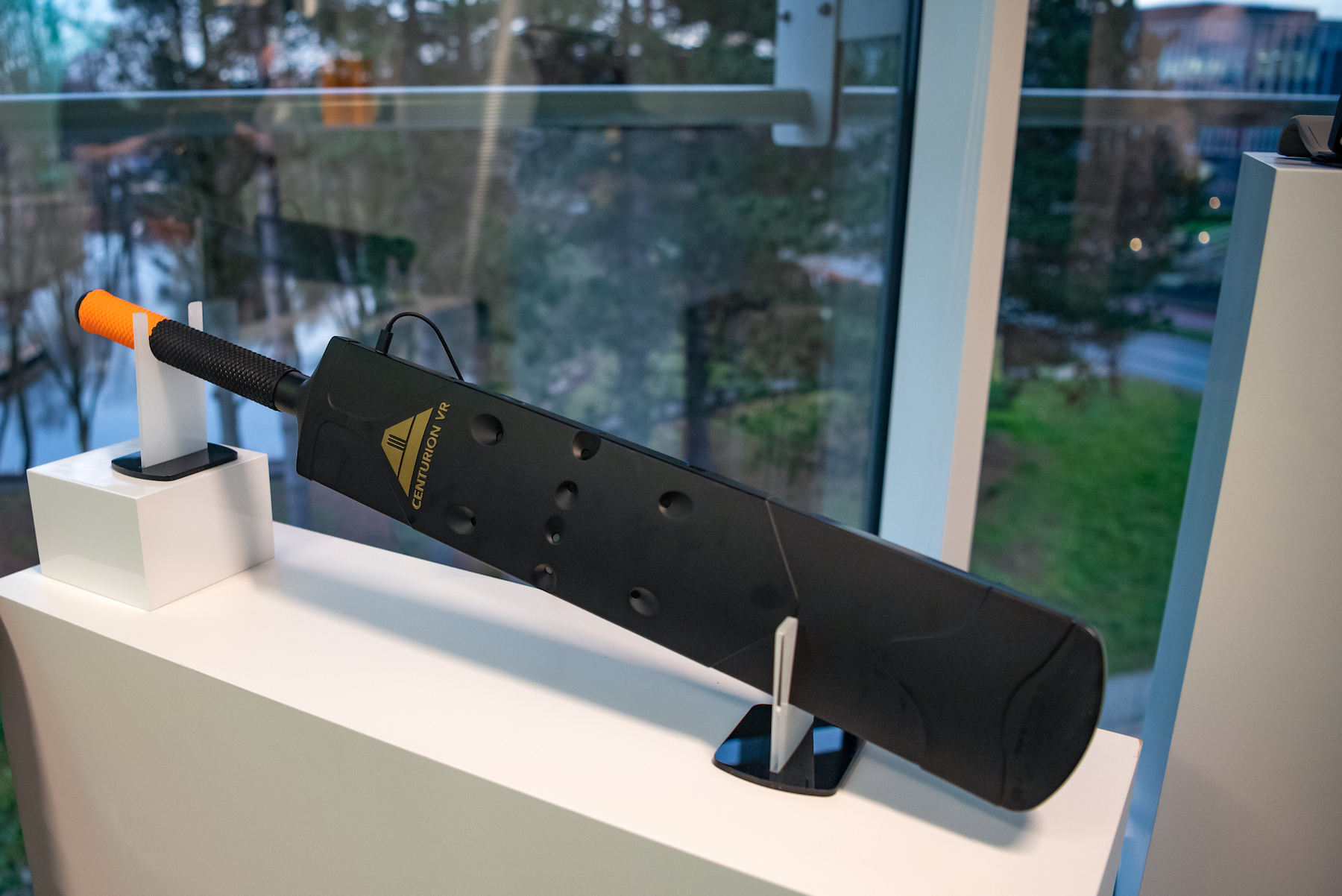
Improved Technology and Reduced POC Cost
How do we bring this immersion to everyday VR? By bringing more physical objects into VR with us. And with the improvements in technology in the last few years, this is now as easy as ever. Our friends at Tundra Labs created a Hardware Development Kit (HDK) that has 25 sensors and all the electronics needed to create a SteamVR 2.0 tracked object. Just add a battery, place the sensors on your object, and you’ve got coffee in your VR meetings! Not only is this approach cheaper, but the 2.0 system also allows for higher fidelity tracking.
But, how do you place the sensors and bring the object into VR? We’ve got you covered there. While this does take some understanding of the sensor system and tools involved to place the sensors and model the object, we were able to bring a simple object into VR in a matter of weeks.
With the reduced cost to bring objects into VR, we look forward to many new objects coming into the VR ecosystem, which will allow us to start functioning more naturally in the space. Sure, my eyeballs still get hot after a couple hours with a headset on, but until I can see my keyboard and my coffee mug, it’s going to be pretty hard to work in VR.
I spent enough time with Mavis Beacon in school to touch type well enough to get by, so I thought I would design the next most important object, a coffee mug.
Come Have a Coffee with Us in VR
Last holiday season, Synapse gave all the employees a Synapse-branded Miir mug. We thought this would be a great object to bring into VR, so we did!
Here are some images of the tracked object and of me having a coffee on the side of Mt. Rainier:
We used this as an opportunity to update and streamline our processes, so that we can bring an object into VR in 2-3 weeks using this HDK. This dramatically reduces the cost to create a proof of concept object for our clients and we look forward to seeing what you want tracked!
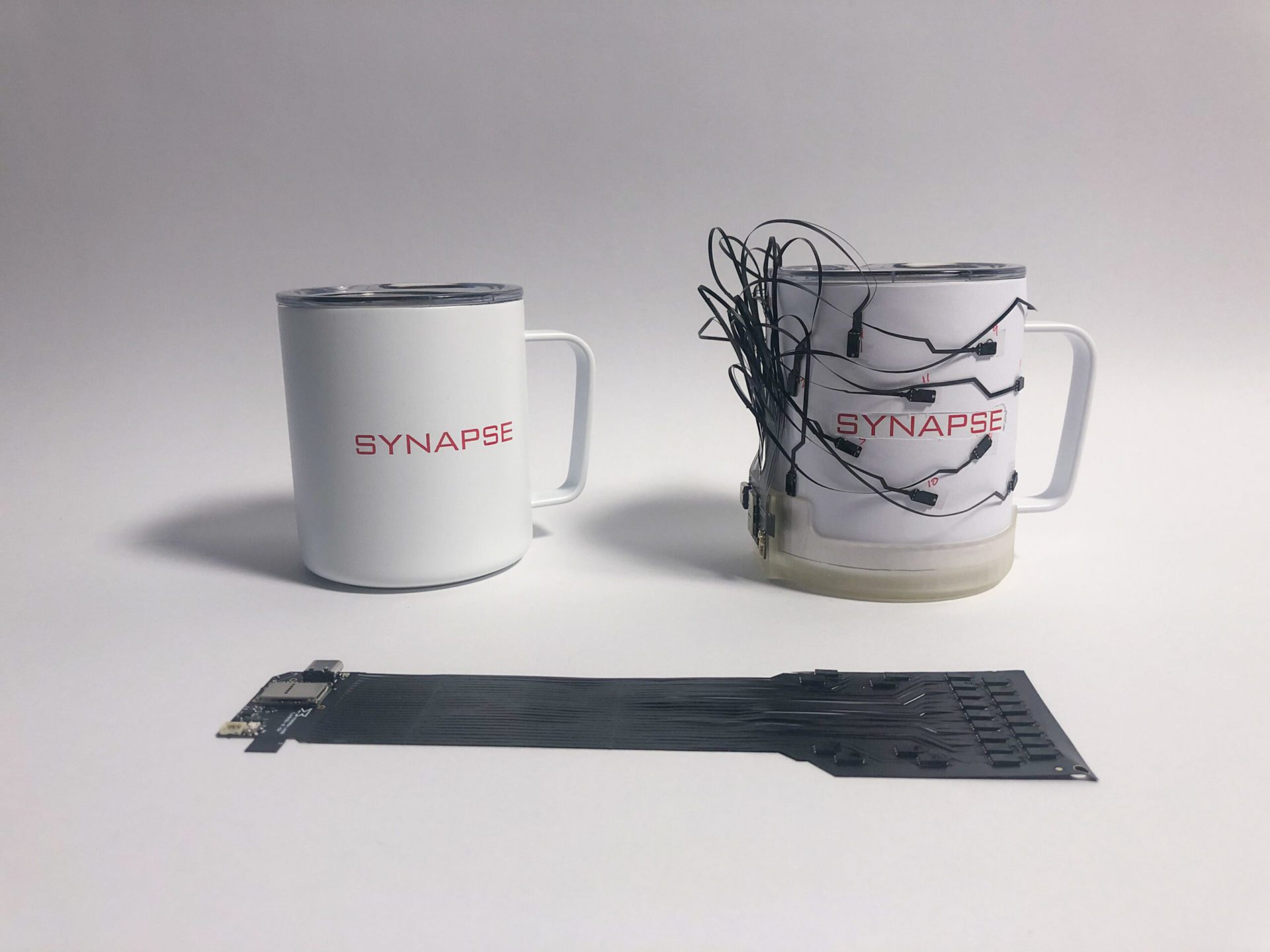
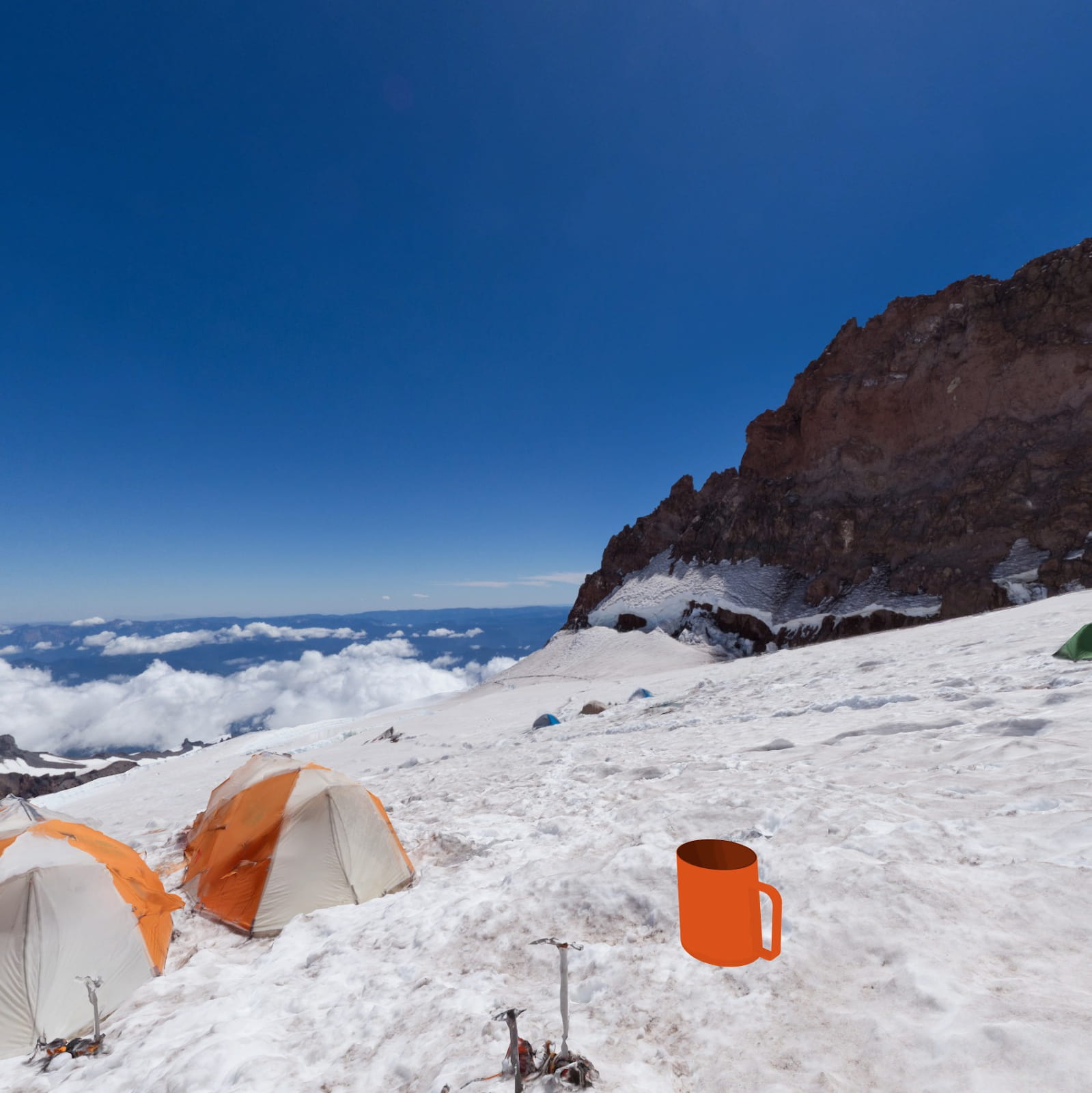
We used this as an opportunity to update and streamline our processes, so that we can bring an object into VR in 2-3 weeks using this HDK. This dramatically reduces the cost to create a proof of concept object for our clients and we look forward to seeing what you want tracked!
Right now we can escape into the sun at the end of the workday, but winter is coming and I’m hoping for some new VR projects to escape to when it’s dark and rainy outside.
And best of all, now anyone who wants to bring their Miir mug into VR can. We would be happy to share the design files, and if you have any questions or want to learn more, please reach out to Entertainment & VR Business Director, Jonathan Kling.
A few more images in VR just for kicks:
